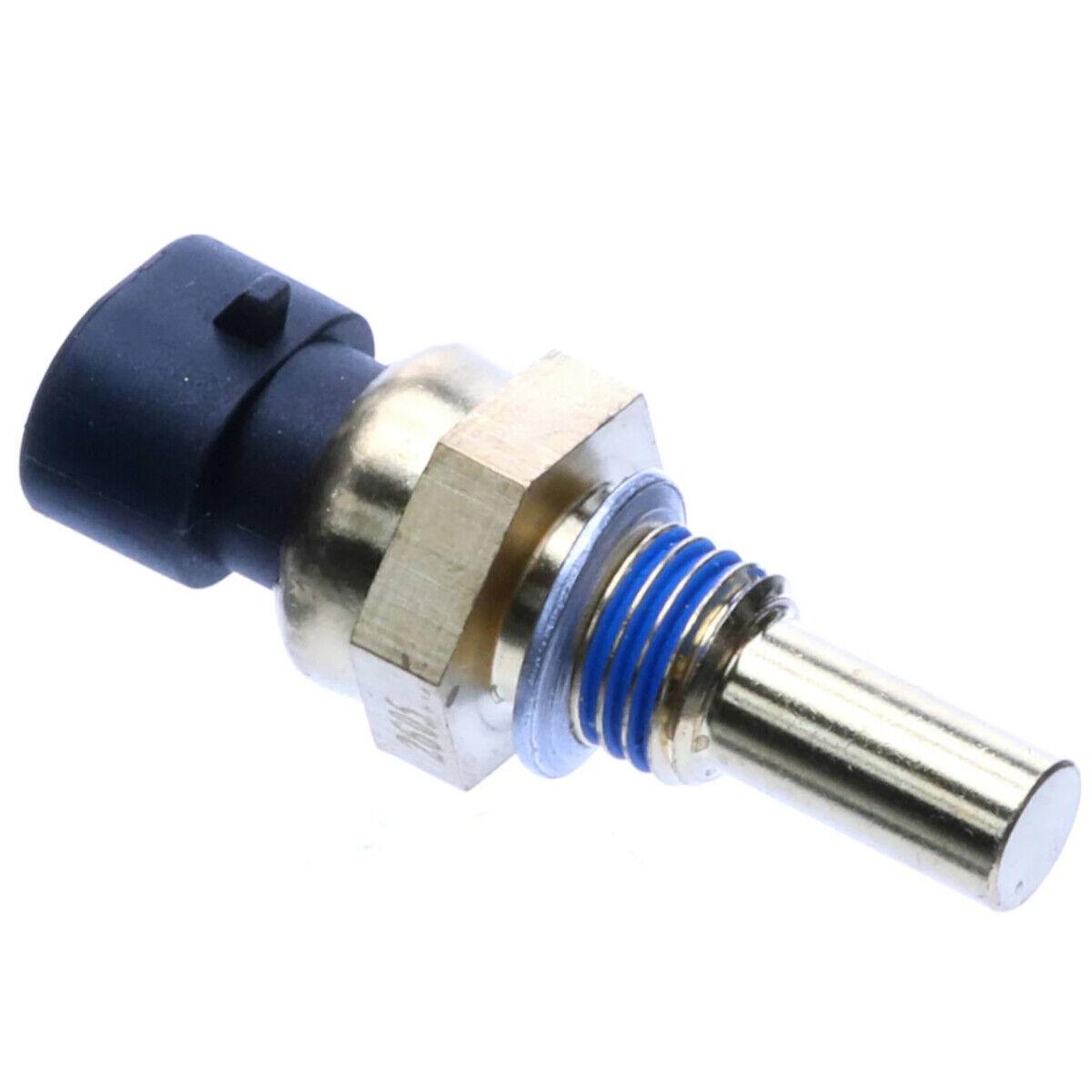Engine temperature sensors are crucial components in the 2JZ-GTE engine, providing vital data to the Engine Control Module (ECM) to manage fuel injection, ignition timing, and cooling system operation. Accurate temperature readings are essential for optimal engine performance and preventing overheating. In this article, we will explore the importance of engine temperature sensors, common issues that can arise, and provide a detailed guide on inspecting and testing these sensors to ensure your 2JZ-GTE engine runs smoothly.
Understanding Engine Temperature Sensors
Components and Functions:
The 2JZ-GTE engine uses several temperature sensors, including:
- Coolant Temperature Sensor (CTS): Monitors the temperature of the engine coolant.
- Intake Air Temperature Sensor (IAT): Measures the temperature of the air entering the engine.
These sensors send data to the ECM, which uses this information to adjust various engine parameters to maintain optimal performance and efficiency.
Common Issues with Temperature Sensors:
Several common issues can affect temperature sensors:
- Sensor Contamination: Dirt and debris can affect sensor accuracy.
- Wiring Problems: Damaged or corroded wiring can disrupt the signal to the ECM.
- Connector Issues: Loose or corroded connectors can lead to intermittent signal loss.
- Sensor Failure: A faulty sensor can provide inaccurate or no data to the ECM.

Diagnosing Temperature Sensor Issues
Step-by-Step Diagnostic Procedures:
- Using an OBD II Scanner:
- Connect the Scanner: Plug the OBD II scanner into the vehicle’s diagnostic port.
- Read Diagnostic Trouble Codes (DTCs): Check for any stored DTCs related to temperature sensors. Common codes include P0115 (Engine Coolant Temperature Circuit Malfunction), P0110 (Intake Air Temperature Circuit Malfunction), and P0117 (Engine Coolant Temperature Circuit Low Input).
- Live Data Monitoring: Use the scanner to monitor real-time data from the temperature sensors and compare the readings to the actual temperatures.
- Visual Inspection:
- Wiring and Connectors: Inspect the wiring and connectors related to the temperature sensors for signs of wear, damage, or corrosion.
- Sensor Housing: Check the sensor housing for physical damage or contamination.
- Sensor Testing:
- Coolant Temperature Sensor (CTS):
- Voltage Output: Using a multimeter, check the voltage output of the CTS while the engine is running. The sensor should produce a voltage signal that varies with the coolant temperature.
- Resistance Check: Measure the resistance of the CTS at different temperatures to ensure it falls within the specified range. You can use a heat gun or hairdryer to change the temperature of the sensor and check the resistance readings accordingly.
- Intake Air Temperature Sensor (IAT):
- Voltage Output: Using a multimeter, check the voltage output of the IAT sensor while the engine is running. The sensor should produce a voltage signal that varies with the air temperature.
- Resistance Check: Measure the resistance of the IAT sensor at different temperatures to ensure it falls within the specified range.
- Coolant Temperature Sensor (CTS):
Repairing Temperature Sensor Issues
Mechanical Repairs:
- Sensor Cleaning:
- Procedure: If the sensor is contaminated, remove it and clean it using a suitable sensor cleaner.
- Reinstallation: Reinstall the cleaned sensor and ensure it is securely mounted.
- Sensor Replacement:
- Removal: Disconnect the battery, remove the electrical connector, and unbolt the faulty sensor from its mounting location.
- Installation: Install the new sensor, reconnect the electrical connector, and ensure proper alignment. Reconnect the battery.
Electronic Repairs:
- Wiring and Connector Repairs:
- Inspection: Check all wiring related to the temperature sensors for damage or corrosion.
- Repair: Repair or replace damaged wiring and connectors as needed.
- ECM Updates:
- Software Update: Check for any available software updates for the ECM that may address temperature sensor issues. Update the ECM software if necessary.

Preventive Maintenance Tips
Regular maintenance of temperature sensors can prevent many common issues:
- Routine Inspections: Inspect the temperature sensors, wiring, and connectors regularly for signs of wear or damage.
- Clean Sensors: Periodically clean the sensors to prevent contamination that can affect their accuracy.
- Wiring Checks: Inspect the wiring and connectors for signs of wear or damage, and repair as needed.
- Air Filter Maintenance: Ensure the air filter is clean and replaced regularly to prevent contaminants from reaching the IAT sensor.
- Software Updates: Keep the ECM software up to date to benefit from the latest improvements and fixes.
Conclusion
Maintaining the engine temperature sensors is crucial for the optimal performance of your 2JZ-GTE engine. By understanding the components and functions of the system, recognizing common issues, and following systematic inspection and repair procedures, you can ensure your engine runs smoothly and efficiently. Regular preventive maintenance is key to avoiding temperature sensor problems and prolonging the life of your engine.
Monitor your engine’s temperature sensors regularly and take action if you notice any signs of malfunction. Use the diagnostic and repair techniques outlined in this article to address issues promptly. For complex problems or if you are unsure about the repairs, seek professional help to ensure your engine remains in optimal condition.
Frequently Asked Questions (FAQs)
What causes temperature sensor issues in a 2JZ-GTE engine?
Common causes include sensor contamination, damaged or corroded wiring, loose connectors, and sensor failure.
How can I diagnose temperature sensor problems in my 2JZ-GTE engine?
Use an OBD II scanner to read diagnostic trouble codes and monitor live data. Perform visual inspections and test the sensors’ voltage output and resistance.
What are the symptoms of temperature sensor issues?
Symptoms include poor engine performance, rough idling, increased emissions, and check engine light activation.
Can temperature sensor problems damage my engine?
Yes, if left unaddressed, temperature sensor issues can lead to overheating and decreased performance.
How can I prevent temperature sensor issues?
Preventive measures include routine inspections, cleaning the sensors, checking wiring, maintaining the air filter, and keeping the ECM software up to date.